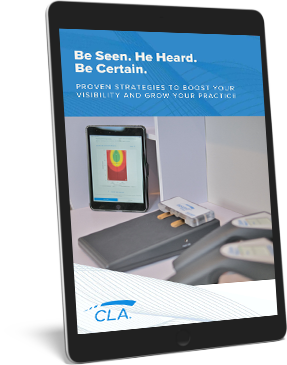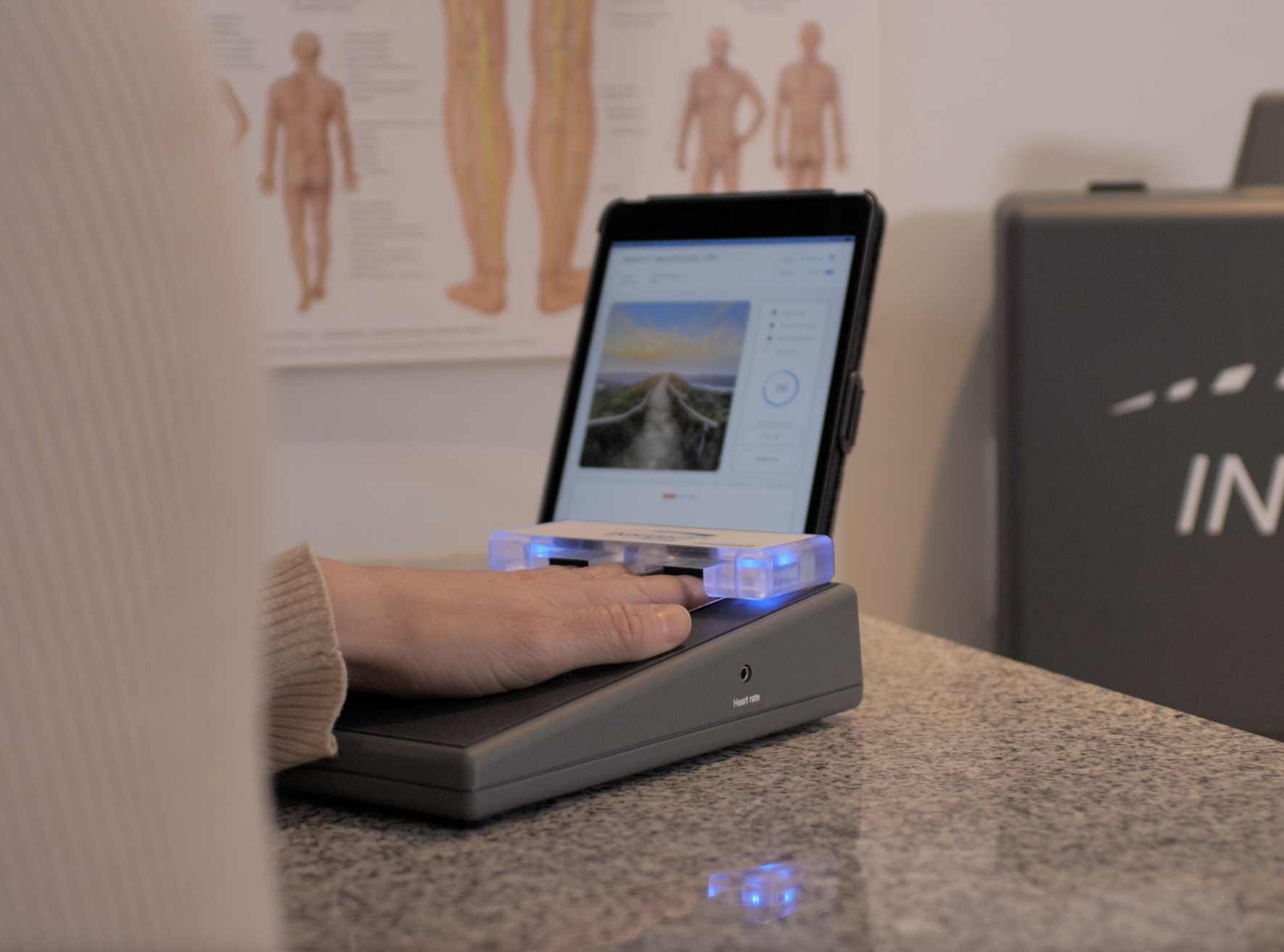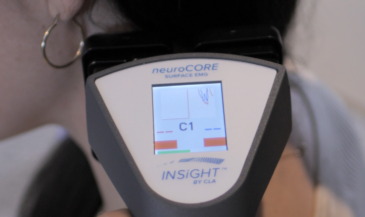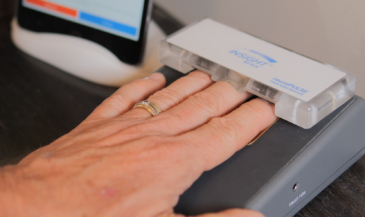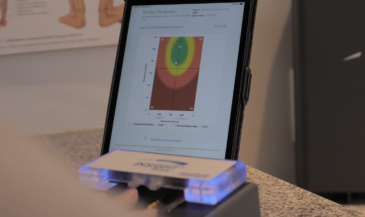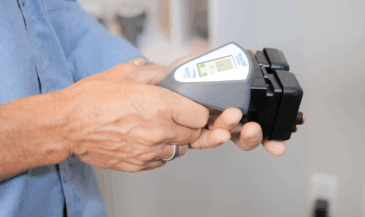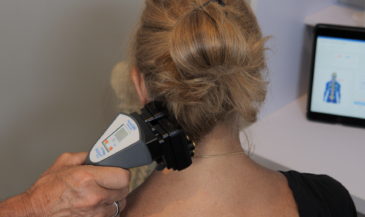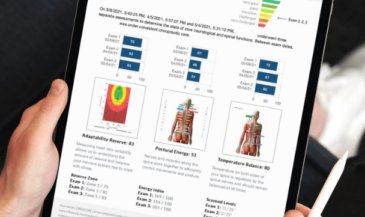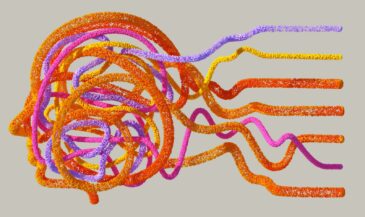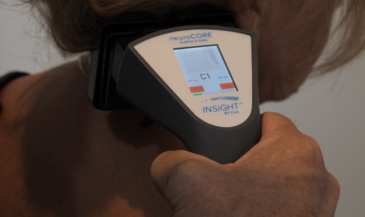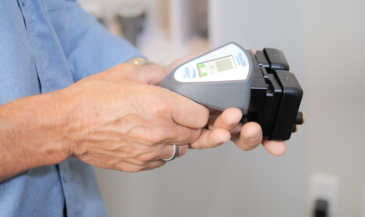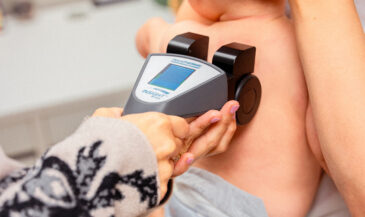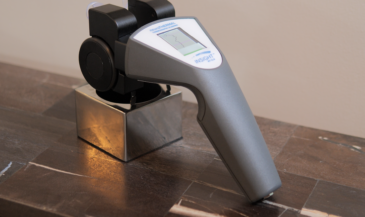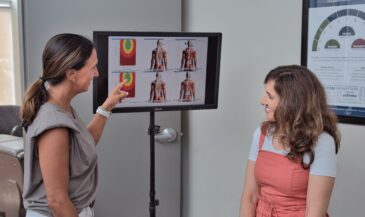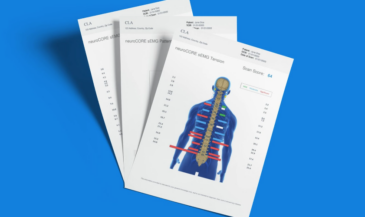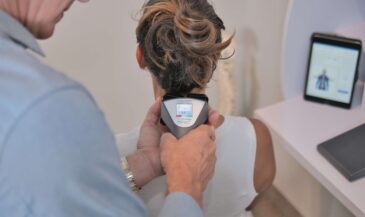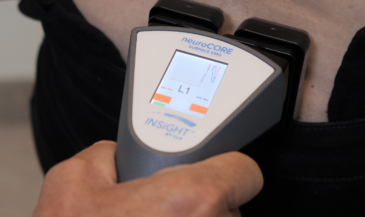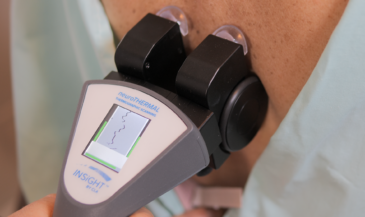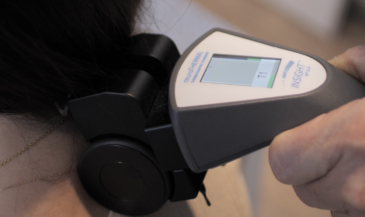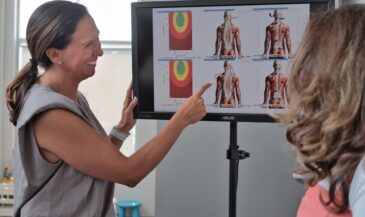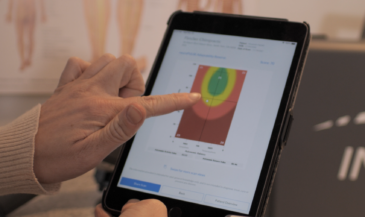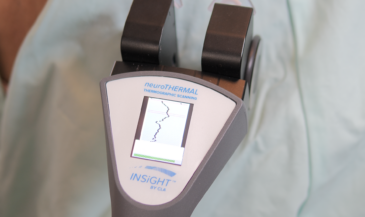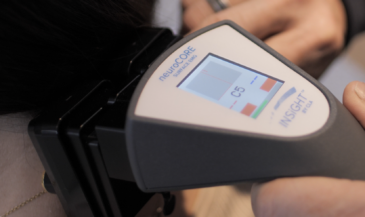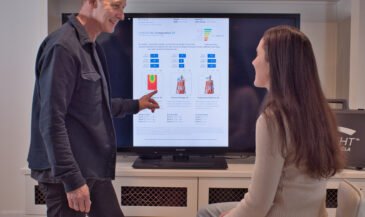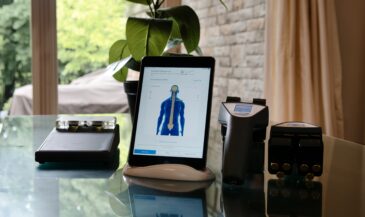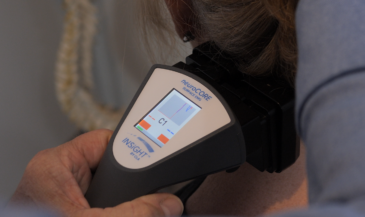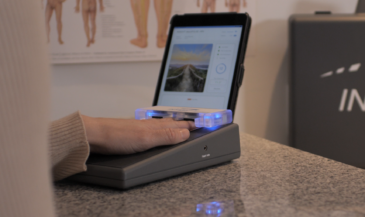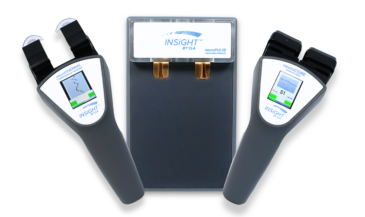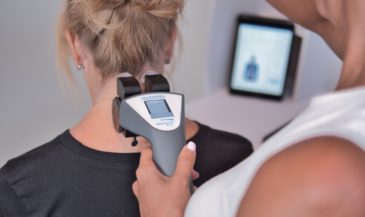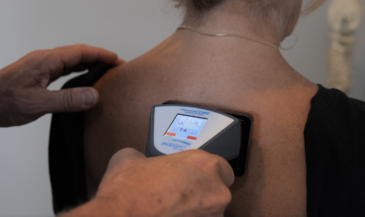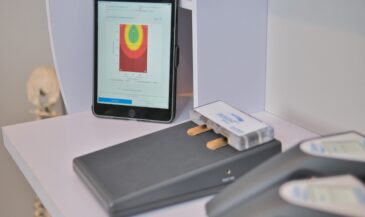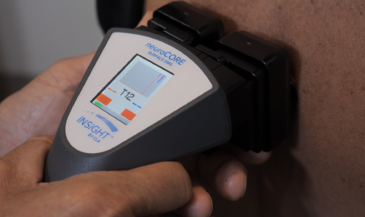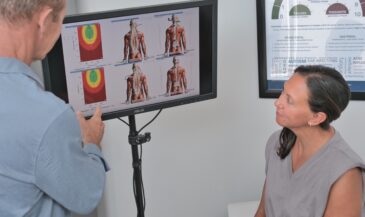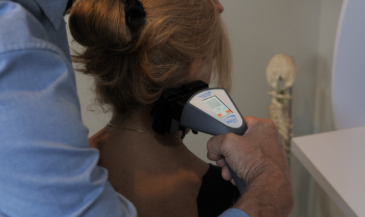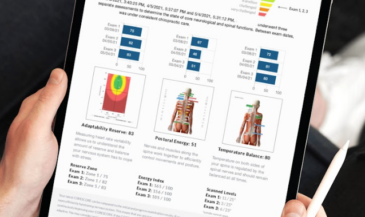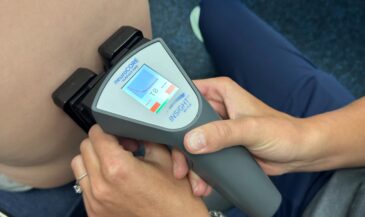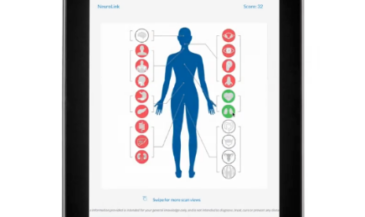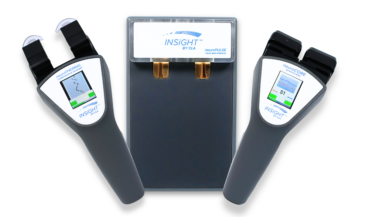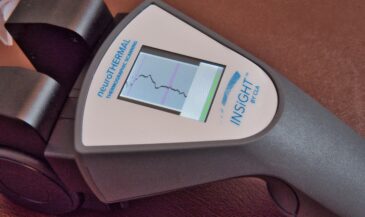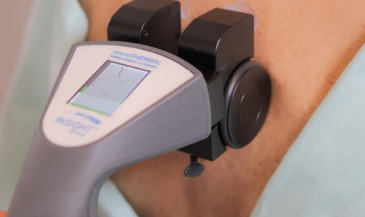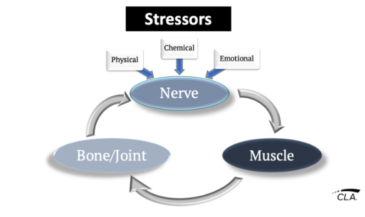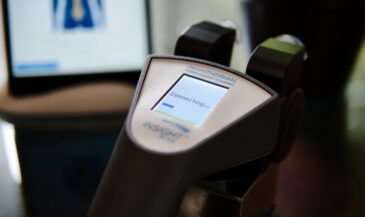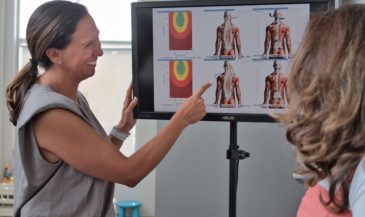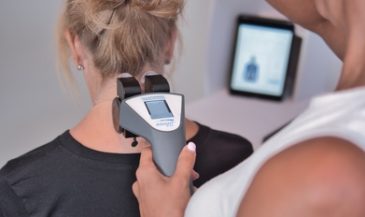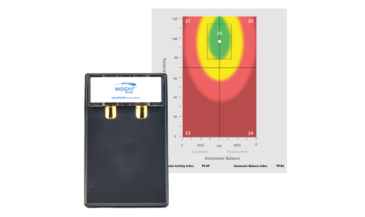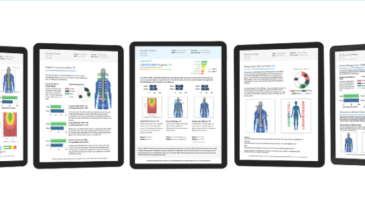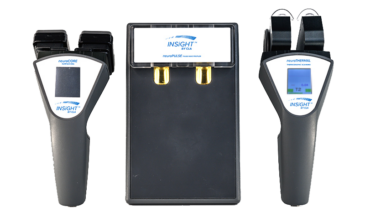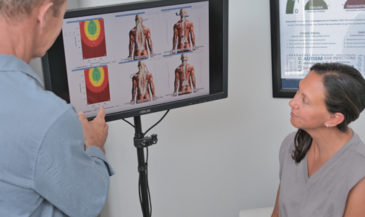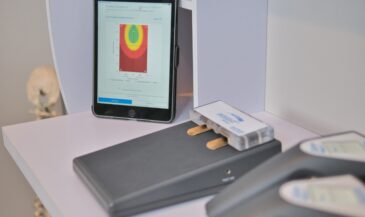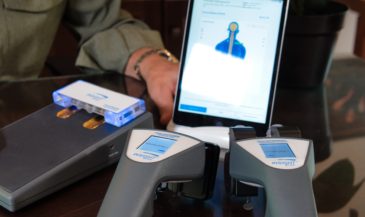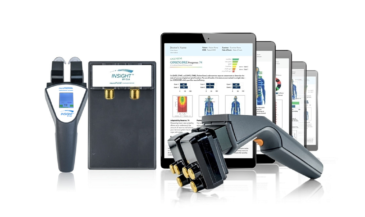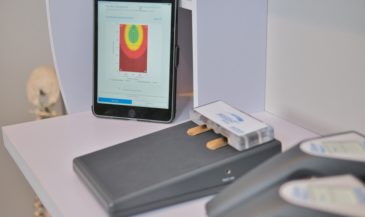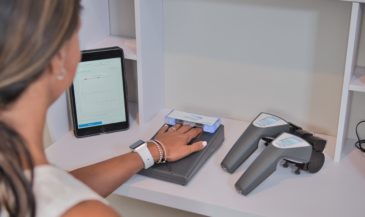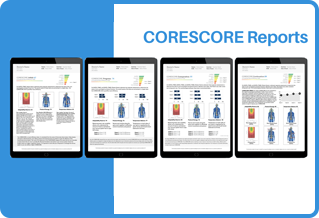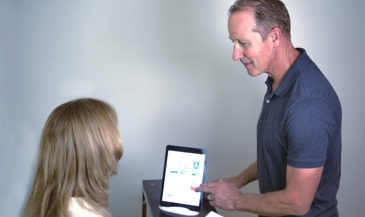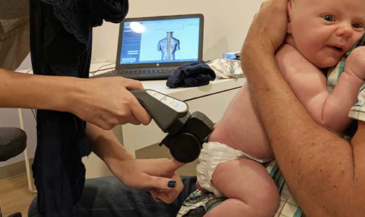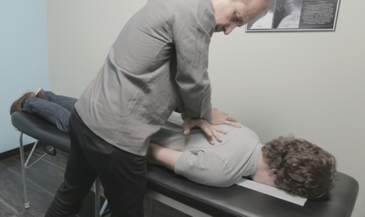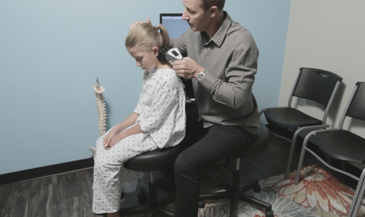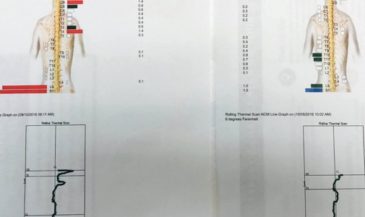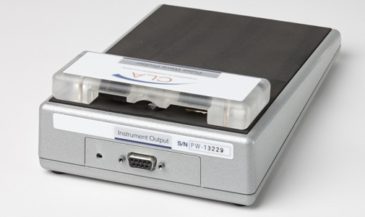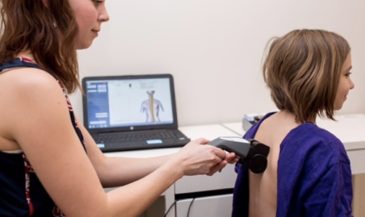Let’s talk about the future of chiropractic care. If you’re still relying solely on manual assessments and X-rays, you’re stuck in the past. Nervous system scanning isn’t just technology—it’s a movement that’s shifting how chiropractors connect with patients and track their progress.
This article is your playbook for integrating nervous system scanning into your practice. From the first scan to patient retention strategies, I’ll show you how tools like CLA’s INSiGHT neuroTECH scanning technology can turn data into deeper trust, better outcomes, and a thriving practice.
Why Nervous System Scanning Matters
Every chiropractor knows the nervous system is the backbone (pun intended) of what we do. It controls every function in the body, from immune response to stress recovery. But here’s the thing—most patients don’t get that.
Nervous system scanning bridges the gap. It makes the invisible visible. Patients can see how their nervous system is functioning, where stress is holding them back, and how your care is improving their performance.
When patients see progress in real time, they stay engaged and committed to their care plans.
Step 1: Choose the Right Scanning Technology
Not all nervous system scanning tools are created equal. If you’re investing in your practice, go for a system that’s designed specifically for chiropractors. CLA’s INSiGHT technology is the gold standard because it combines multiple tools in one suite:
- neuroCORE (EMG): Tracks muscle activity and reveals where the nervous system is under strain.
- neuroTHERMAL: Maps out temperature changes that highlight inflammation and nerve interference.
- neuroPULSE (HRV): Evaluates how well the autonomic nervous system is balancing stress and recovery.
These tools don’t just give you data—they give you actionable insights to guide care.
Step 2: Train Your Team
Your scanning tech is only as good as the people using it. Make sure your entire team knows how to operate the equipment, explain the results, and connect the dots for patients.
What to focus on:
- How to run scans quickly and accurately.
- How to interpret the data and use it to guide care plans.
- How to communicate scan results in a way patients understand.
When your team is confident with the technology, it creates a seamless experience for patients.
Step 3: Start Every Patient With a Scan
The best way to integrate nervous system scanning into your practice is to make it part of your routine. Every new patient should get a baseline scan during their first visit. This sets the stage for everything that follows.
Here’s why:
- You establish trust by showing patients exactly what’s going on in their body.
- You create a starting point to track progress over time.
- Patients see the value of ongoing care from day one.
Baseline scans aren’t just helpful—they’re essential.
Step 4: Make Progress Tracking the Norm
Patients love seeing results, and nervous system scanning makes that easy. Tools like the CORESCORE give patients a clear, single-number snapshot of their neurological health.
Here’s how to use progress tracking to keep patients engaged:
- Schedule regular follow-up scans to measure improvements.
- Compare current scans to baseline data to show progress.
- Use visual reports to make complex data easy to understand.
When patients can see their nervous system improving, they’re more likely to stay committed to their care plan.
Step 5: Use Scans to Build Better Care Plans
Data from nervous system scans doesn’t just show where patients are—it helps guide where they’re going. Use scan results to create care plans that are tailored to each patient’s unique needs.
How this works:
- Focus adjustments on the areas where stress and interference are most pronounced.
- Use data from HRV, EMG, and thermal scans to address nervous system imbalances.
- Show patients how your care is designed to improve their specific challenges.
This level of customization builds trust and improves outcomes.
Step 6: Educate Patients About the Nervous System
Most patients don’t think about their nervous system—until you show them why it matters. Use scans as a teaching tool to help patients understand how their body works and why chiropractic care is essential.
What to explain:
- The role of the nervous system in overall health.
- How stress and subluxations impact nerve function.
- How regular adjustments and progress scans improve adaptability and performance.
When patients understand the “why,” they’re more likely to buy into the “how.”
Step 7: Retain Patients With Measurable Results
Retention isn’t about locking patients into care plans—it’s about showing them why they need to stay. Nervous system scanning provides the data patients need to see the value of ongoing care.
Here’s what keeps them coming back:
- Progress reports that prove care is working.
- Clear visuals that make complex data relatable.
- A focus on long-term performance, not just short-term pain relief.
Retention becomes natural when patients feel like they’re part of a process that’s improving their health.
Why CLA’s INSiGHT Technology is the Perfect Fit
If you’re serious about integrating nervous system scanning, CLA’s INSiGHT technology is the way to go. It’s designed specifically for chiropractors, making it easy to use, explain, and integrate into your workflow.
Here’s what you get:
- neuroCORE (EMG): Pinpoints muscle tension and neuromuscular stress.
- neuroTHERMAL: Identifies inflammation and tracks changes in nerve function.
- neuroPULSE (HRV): Measures adaptability and resilience.
These tools don’t just give you data—they give you a competitive edge by improving patient outcomes, retention, and referrals.
Build a Better Practice With Neurological Scanning
Integrating neurological scanning is about elevating your care. You’re not just a chiropractor anymore… you’re a health coach, a guide, and someone who can make the invisible visible.
When patients see their scans improve, they trust the process. They stay committed. And they bring their friends and family along for the ride.
Book a call with an INSiGHT Advisor today to learn how you can bring this transformative technology into your chiropractic practice so you can provide unparalleled patient care.




